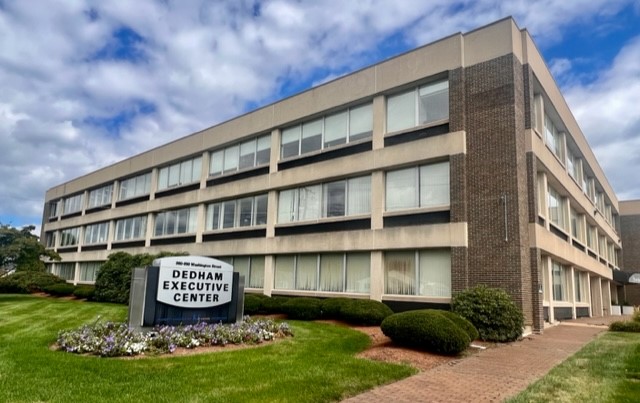Blocked Tear Duct
What is a blocked tear duct?
The tear duct system drains tears and mucus from the eye into the nose. When this system does not function properly (“blocked tear duct”), the tears and mucus that are usually secreted by the eye do not drain well into the nose. This may create overflow tearing, where the tears run down the cheek and mucus collects on the eyelids and eyelashes.
What causes a blocked tear duct?
Most commonly, a blocked tear duct in infants may be due to the valve at the end of the tear duct (in the nose) failing to open at birth. In older children or adults, an obstruction to the drainage of the tear system may occur due to infection, inflammation, or obstruction in the nasal bone.
How common is a blocked tear duct in an infant?
It is estimated that six out of every 100 (six percent) healthy, full-term infants are affected by a blocked tear duct at birth.
How is this problem treated?
Over 90 percent of infants will have symptoms that resolve within the first year of life, so frequently no treatment is necessary. If the problem does not resolve on its own by the first birthday, or if there are frequent infections, a procedure may need to be done to open the tear duct.
Why are antibiotics sometimes used?
There can be secondary infections that occur when the tears do not drain properly. Normally, there are bacteria on the eyelids and eyelashes that are washed through by the flow of tears.
When the fluid collects and pools in the tear system, the “normal” bacteria can multiply and create an infection. This can cause the normal “white” appearance of mucus to appear yellow or green. Antibiotics should be used as your physician directs
What if the symptoms do not go away by one year of age?
A procedure can be done to open the tear system. A “probing” involves passing a metal probe through the tear system into the nose. This procedure usually requires general anesthesia, as the child must be very still to allow this to be done safely. A single probing is “successful” 90 percent of the time. If the tearing persists after the first probing, the procedure may need to be repeated and possibly a Silastic™ tube (or stent) left in place in the tear system. Some ophthalmologists also use a balloon catheter to dilate the tear duct at the time of the probing.
Meet Our Team
The Lexington Eye Associates team is led by board-certified doctors considered to be leaders in the field of ophthalmology. Get to know us.
If you have questions or would like to book an appointment, please call (781) 876-2020 request your consultation.














